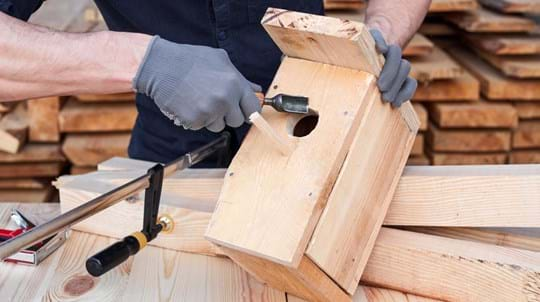
Blog
How to build a nest box for birds
Hannah Vickers • 25 Feb 2021

Content manager
It is more important than ever to lend wildlife a helping hand. Luckily, there are lots of different ways you can encourage kids to help animals in your garden, while teaching them all about the natural world.
Read on for seven simple ways kids can help support garden wildlife.
Us humans aren’t the only ones who get parched on a hot day – animals do too! Fresh water is important for them to drink and bathe in. So help birds, small mammals and insects by providing a bird bath in your garden.
Hunt around your home for a suitable container – an old frying pan is ideal. Place it in a shady corner of your garden, close to trees and plants so wildlife can approach or escape easily. Add pebbles to stop birds scrambling on the slippery surface and so insects can clamber in and out, then fill it with water and top it up regularly. Keep watch for creatures grabbing a drink, taking a dip to cool down, or cleaning their feathers or fur.
Gardens are hugely important for creepy crawlies – in fact, there could be thousands of different species living right on your doorstep! Give them somewhere to live by turning empty cans into a thriving tin town.
Wash out your cans and make sure there are no sharp edges, then decorate them to look like tiny houses. Stuff them with twigs, dead leaves, bark and pine cones so they’re really cosy and inviting. Stack the tins in a sheltered corner of your garden ready for new residents to move in – it will become a busy bugtropolis in no time!
Building a wildlife pond is a brilliant way to support amphibians and other water-loving species. Amphibians rely on ponds to breed in and frogs use a network of ponds to move safely between habitats, so the more ponds available, the merrier!
You could use an old sink or container to create your own mini pond, and place it somewhere with partial shade and sunlight. Ensure you provide cover around the edges using rocks, plants and vegetation.
If you’re short on outdoor space, create a garden that grows upwards instead! Paint plant pots in vivid colours and hang them on a wall or fence. You could even make your own planters out of old welly boots! (Remember to add a couple of drainage holes in the soles.)
Fill them with nectar-rich flowers that bloom throughout summer, such as cornflower, English lavender and wild marjoram. They’ll be irresistible to vital pollinators like bees, butterflies, moths and hoverflies.
Our spiky friends are speedy creatures – they travel up to 2km a night hunting for food and seeking mates. Garden fences and walls prevent them from roaming freely, but you can help by opening a hedgehog highway.
With a grown-up, create small openings in your garden fence to allow hedgehogs to pass through. (Make sure the holes are too small for pets to escape and give your neighbours a friendly heads-up first – you could even persuade them to make their own!) To make it extra welcoming, hang up a handmade sign and leave out a bowl of meaty dog or cat food so hungry hogs can have a pit-stop.
Some butterflies need salts and minerals to stay healthy. They get them by puddling – landing on the ground and sipping nutrients from damp soil, muddy puddles, even animal poo!
Make a puddling pool for your garden butterflies by filling a shallow dish with sand. Stir up soil and water then pour it into the centre of the sand to create a mini mud puddle. Place the dish in a sunny spot near brightly coloured flowers and keep it moist to help your fluttering friends.
Planting a tree in your garden is one of the best ways to support wildlife, as trees are fantastic natural homes and food sources for birds, small mammals, insects and more.
You can buy single trees for your garden from the Woodland Trust shop, and they come with their own plug of compost so they can be planted at any time. Make sure you think about how big your tree will eventually get and allow it plenty of space to grow.
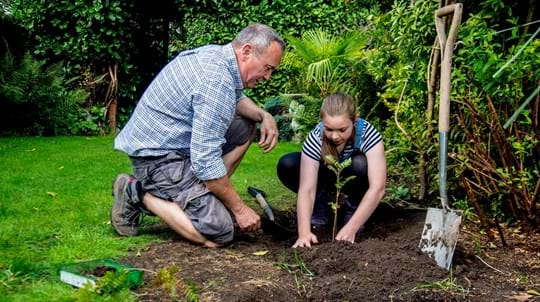
Blog
Rachel Hoskins • 06 Jan 2020
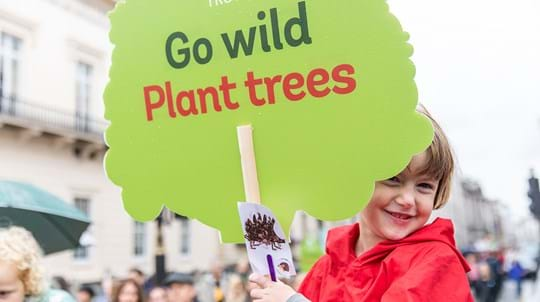
Blog
Danielle Wesley • 15 Oct 2021
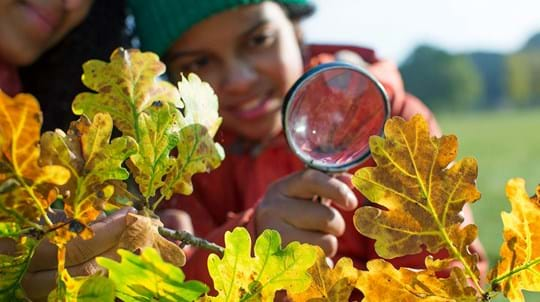
Blog
Danielle Wesley • 02 Mar 2020
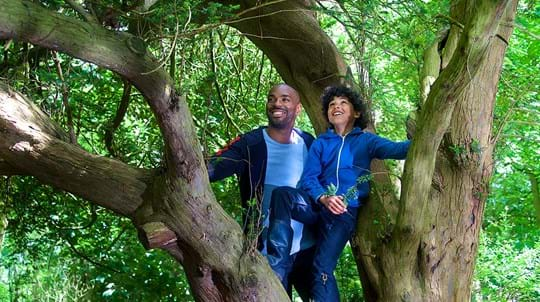
Blog
Danielle Wesley • 21 Jul 2022

Blog
Danielle Wesley • 02 Aug 2023